Gandhara-style Buddhist sculptures
This post ties directly into my previous one on The first plastic depictions of Buddha’s life: Gandhara reliefs at the Humboldt Forum, Berlin. An introduction into Gandhara and its importance in the history of Buddhism is given there. In this post, I showcase further, quite impressive Gandhara-style Buddhist sculptures also seen at the Humboldt Museum in Berlin.
This short series features sculptures of both Buddha and Bodhisattvas, all in the Gandhara style or deeply influenced by it. According a description right at the sculptures, a typical image of the Buddha portrays him as a simple monk with distinct physical attributes. These include a prominent bump on his head known as the ushnisha and a circular mark on his forehead referred to as the urna. Instead of adorning him with jewelry, his extended earlobes symbolize his detachment from worldly possessions. His visage exudes a serene tranquility.
On the other hand, Bodhisattvas act as intermediaries between the earthly realm and spiritual enlightenment. As such, their depictions blend both mundane and enlightened features. Unlike Buddha’s modest attire, Bodhisattvas are illustrated wearing ornate clothing and jewelry, with elaborately styled hair, often accompanied by a tiara or headwrap. Nevertheless, attributes like the ushnisha and the urna hint at their potential for achieving enlightenment.
The following images show the sculptures, with the accompanying text from the Humboldt Forum.
 Standing Buddha, Pakistan, Gandhara, 1st c., schist. This Buddha is holding a loop of his monk’s robe in his left hand. The right hand is raised in the Indian gesture of protection (abhaya mudra). On the palm is a wheel (dharmacakra). It is a symbol of Buddhist teaching. At the same time, the wheel is one of the particular physical characteristics of the Buddha, which distinguish him as an extraordinary being from birth.
Standing Buddha, Pakistan, Gandhara, 1st c., schist. This Buddha is holding a loop of his monk’s robe in his left hand. The right hand is raised in the Indian gesture of protection (abhaya mudra). On the palm is a wheel (dharmacakra). It is a symbol of Buddhist teaching. At the same time, the wheel is one of the particular physical characteristics of the Buddha, which distinguish him as an extraordinary being from birth.
 Buddha in meditation posture, Pakistan, Gandhara, 2nd - 3rd c., schist. This Buddha is sitting upright with his legs crossed on a stone throne. His hands are in the gesture of inner contemplation (dhyana mudra). His eyelids are lowered, but his eyes are still slightly open. The facial features are deeply relaxed and yet he is awake: the Buddha meditates.
Buddha in meditation posture, Pakistan, Gandhara, 2nd - 3rd c., schist. This Buddha is sitting upright with his legs crossed on a stone throne. His hands are in the gesture of inner contemplation (dhyana mudra). His eyelids are lowered, but his eyes are still slightly open. The facial features are deeply relaxed and yet he is awake: the Buddha meditates.
 The Buddha on the lion throne, Pakistan, Gandhara, 2nd -3rd c., schist. This Buddha is sitting in the meditation posture (upright, with his legs crossed) on a lion’s throne. In ancient Buddhist texts, the sermon of the Buddha is repeatedly referred to as a lion’s roar (simhanada). Like a standing Buddha, this Buddha’s right hand previously made the gesture of protection (abhaya mudra).
The Buddha on the lion throne, Pakistan, Gandhara, 2nd -3rd c., schist. This Buddha is sitting in the meditation posture (upright, with his legs crossed) on a lion’s throne. In ancient Buddhist texts, the sermon of the Buddha is repeatedly referred to as a lion’s roar (simhanada). Like a standing Buddha, this Buddha’s right hand previously made the gesture of protection (abhaya mudra).
 Buddha preaching the doctrine, Pakistan, Gandhara, 2nd -3rd c., schist. The gesture this Buddha is making is called the dharmacakra mudra. It is the gesture of teaching: this Buddha is preaching. The pedestal relief shows two believers – a man and a woman – worshipping a bodhisattva. Are they supposed to be the donors of this image? Stylized lion’s legs support the throne of the Enlightened One.
Buddha preaching the doctrine, Pakistan, Gandhara, 2nd -3rd c., schist. The gesture this Buddha is making is called the dharmacakra mudra. It is the gesture of teaching: this Buddha is preaching. The pedestal relief shows two believers – a man and a woman – worshipping a bodhisattva. Are they supposed to be the donors of this image? Stylized lion’s legs support the throne of the Enlightened One.
 Standing Buddha, Pakistan, Gandhara, Takht-i-Bahi, 2nd -3rd c., schist. A deep sense of peace pervades the face of this standing Buddha. His eyes are lowered, and the facial features are completely smooth, free from any passion. The left hand hangs down, clasping a small loop of his robe, and the right arm is raised. The missing hand was probably raised, in the gesture of protection (abhaya mudra).
Standing Buddha, Pakistan, Gandhara, Takht-i-Bahi, 2nd -3rd c., schist. A deep sense of peace pervades the face of this standing Buddha. His eyes are lowered, and the facial features are completely smooth, free from any passion. The left hand hangs down, clasping a small loop of his robe, and the right arm is raised. The missing hand was probably raised, in the gesture of protection (abhaya mudra).
 Bodhisattva with lotus flowers, Pakistan, Gandhara, 2nd - 3rd c., schist. With his toes elegantly placed on a footstool, this bodhisattva is sitting on a throne with crossed legs. Like a standing figure, this bodhisattva also has fine clothes and is richly ornamented. In addition, this bodhisattva is wearing a magnificent turban. He is holding lotus flowers in his hands.
Bodhisattva with lotus flowers, Pakistan, Gandhara, 2nd - 3rd c., schist. With his toes elegantly placed on a footstool, this bodhisattva is sitting on a throne with crossed legs. Like a standing figure, this bodhisattva also has fine clothes and is richly ornamented. In addition, this bodhisattva is wearing a magnificent turban. He is holding lotus flowers in his hands.
 Bodhisattva in meditation posture, Pakistan, Gandhara, 2nd - 3rd c., schist. With his legs crossed and hands lying in his lap (right hand on left), this bodhisattva is sitting in the meditation posture. This statue is somewhat less courtly than others, and the aspects of the Buddha seem to be emphasized: the hair and ornaments are simpler and, although still worldly, the robe is more like that of a monk.
Bodhisattva in meditation posture, Pakistan, Gandhara, 2nd - 3rd c., schist. With his legs crossed and hands lying in his lap (right hand on left), this bodhisattva is sitting in the meditation posture. This statue is somewhat less courtly than others, and the aspects of the Buddha seem to be emphasized: the hair and ornaments are simpler and, although still worldly, the robe is more like that of a monk.
 Standing bodhisattva, Pakistan, Gandhara, 2nd - 3rd c., schist. Courtly elegance, youthful beauty, and meditative tranquillity are united in this statue of a bodhisattva and form a harmonious whole. The hair from the cranial protuberance (ushnisha) falls in corkscrew curls on the shoulders, and jewelry adorns the ears and torso of the bodhisattva. The lock of hair (urna) on the forehead and the halo indicate the higher purpose of this figure.
Standing bodhisattva, Pakistan, Gandhara, 2nd - 3rd c., schist. Courtly elegance, youthful beauty, and meditative tranquillity are united in this statue of a bodhisattva and form a harmonious whole. The hair from the cranial protuberance (ushnisha) falls in corkscrew curls on the shoulders, and jewelry adorns the ears and torso of the bodhisattva. The lock of hair (urna) on the forehead and the halo indicate the higher purpose of this figure.
 The eight miracles, Eastern India, Nalanda, 10th - 11th c., schist. This Eastern Indian stela depicts the eight miracles of Buddha’s life: his birth in Lumbini (l. bottom); enlightenment in Bodhgaya (centre); first sermon in Sarnath (l. top); conversion of people in Shravasti (r. top); taming a wild elephant in Rajagriha (r. middle); descending from Tushita Heaven in Sankasya (l. middle); a monkey donating honey in Vaishali (r. bottom); death in Kushinagara (top).
The eight miracles, Eastern India, Nalanda, 10th - 11th c., schist. This Eastern Indian stela depicts the eight miracles of Buddha’s life: his birth in Lumbini (l. bottom); enlightenment in Bodhgaya (centre); first sermon in Sarnath (l. top); conversion of people in Shravasti (r. top); taming a wild elephant in Rajagriha (r. middle); descending from Tushita Heaven in Sankasya (l. middle); a monkey donating honey in Vaishali (r. bottom); death in Kushinagara (top).
 A Buddha with a formula of faith, Eastern India, Nalanda, 9th c., schist. Here the image and word interact with one another: an inscription surrounds the head of this Buddha, which is common in Eastern Indian icons. The text is a famous Buddhist verse summarizing the teachings of the Buddha in a single sentence. This Sanskrit inscription charges the image with “Buddha essence”. The verse is also sung in ceremonies.
A Buddha with a formula of faith, Eastern India, Nalanda, 9th c., schist. Here the image and word interact with one another: an inscription surrounds the head of this Buddha, which is common in Eastern Indian icons. The text is a famous Buddhist verse summarizing the teachings of the Buddha in a single sentence. This Sanskrit inscription charges the image with “Buddha essence”. The verse is also sung in ceremonies.
 Preaching Buddha on the lion throne, Eastern India, Bihar, 10th c., basalt. The Buddha sits on a magnificent lion throne: he is the king of the world. His hands are making the gesture of teaching (dharmacakra mudra). The essence of his doctrine is engraved in a short formula on the backrest. On the pedestal two small deers lie to the right and left of a wheel. Together, they symbolize the first sermon in the deer park of Sarnath.
Preaching Buddha on the lion throne, Eastern India, Bihar, 10th c., basalt. The Buddha sits on a magnificent lion throne: he is the king of the world. His hands are making the gesture of teaching (dharmacakra mudra). The essence of his doctrine is engraved in a short formula on the backrest. On the pedestal two small deers lie to the right and left of a wheel. Together, they symbolize the first sermon in the deer park of Sarnath.
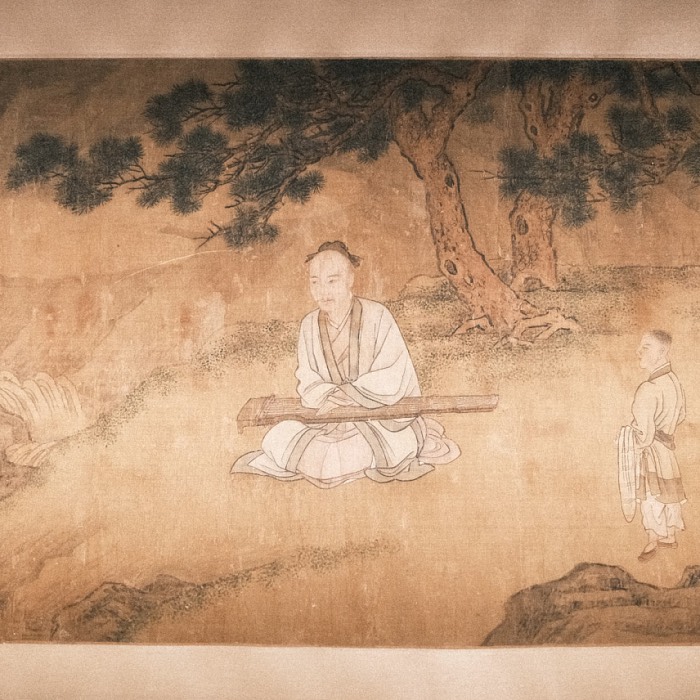
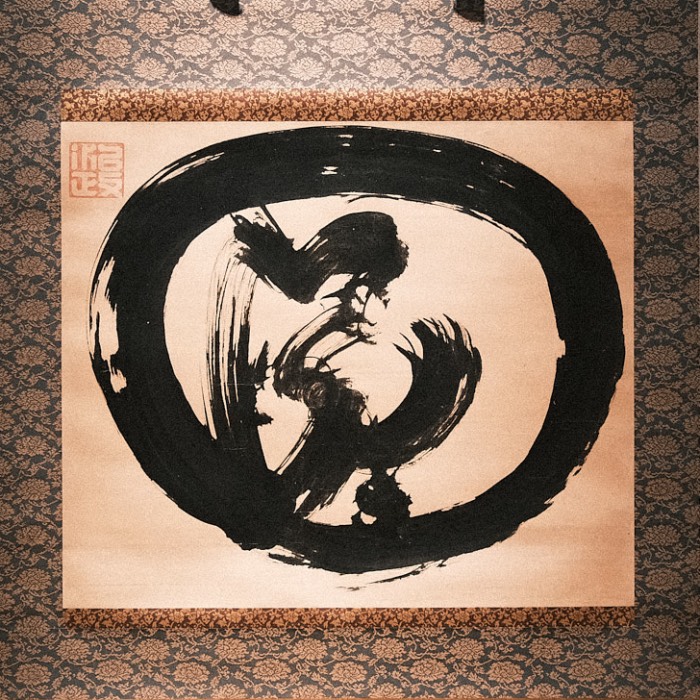
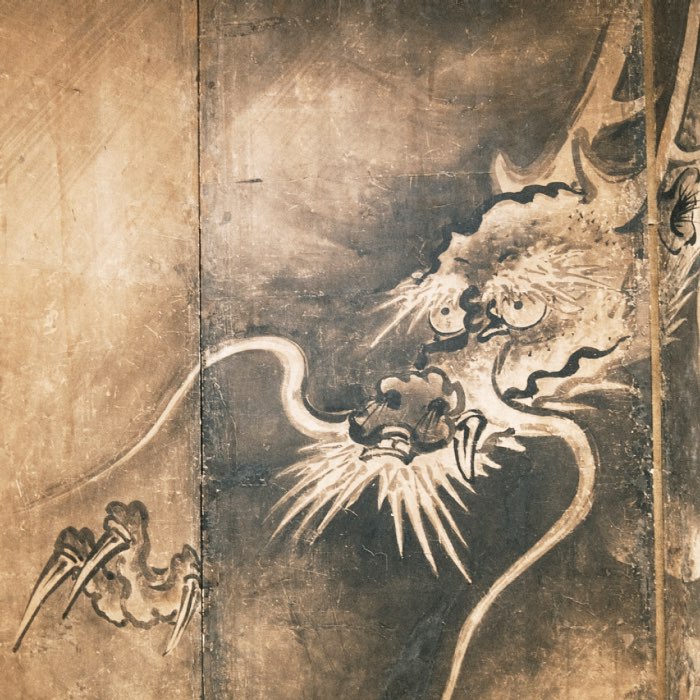
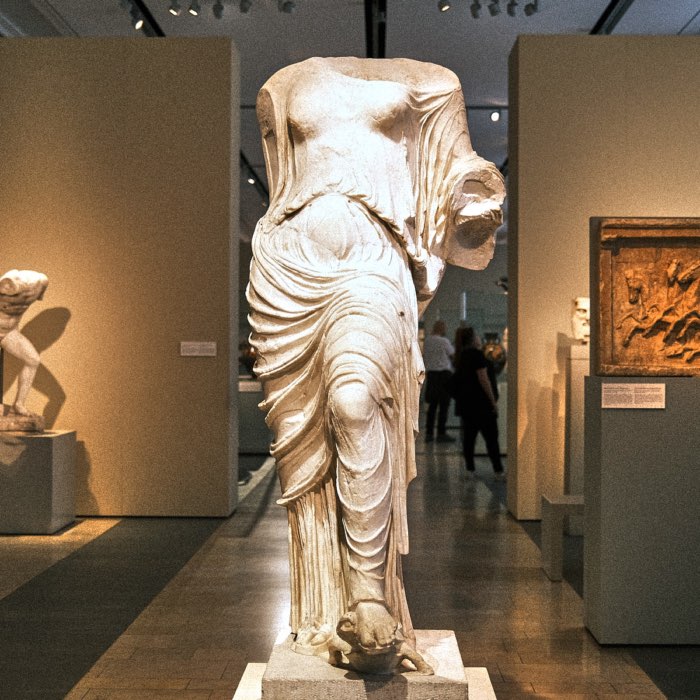
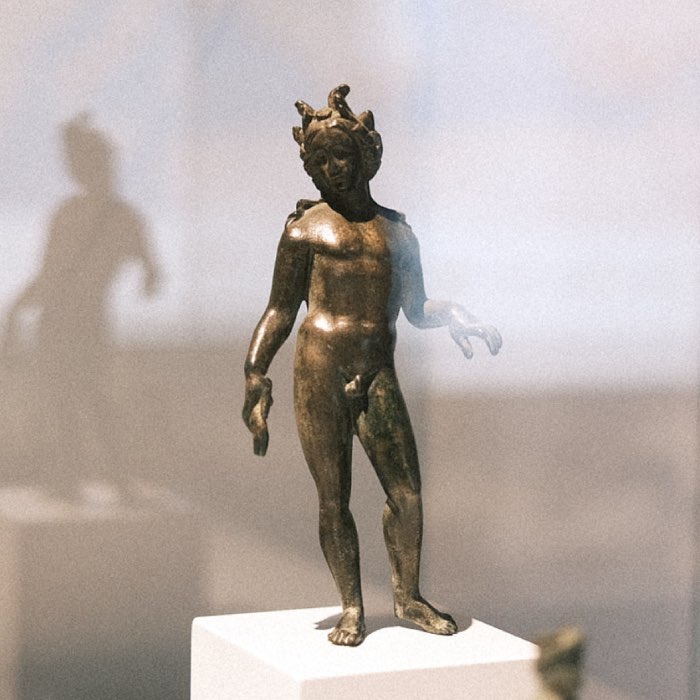
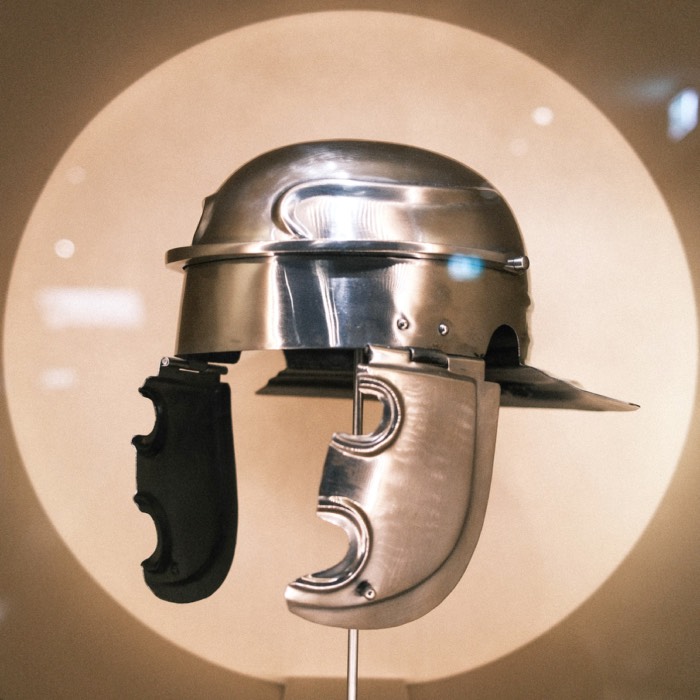
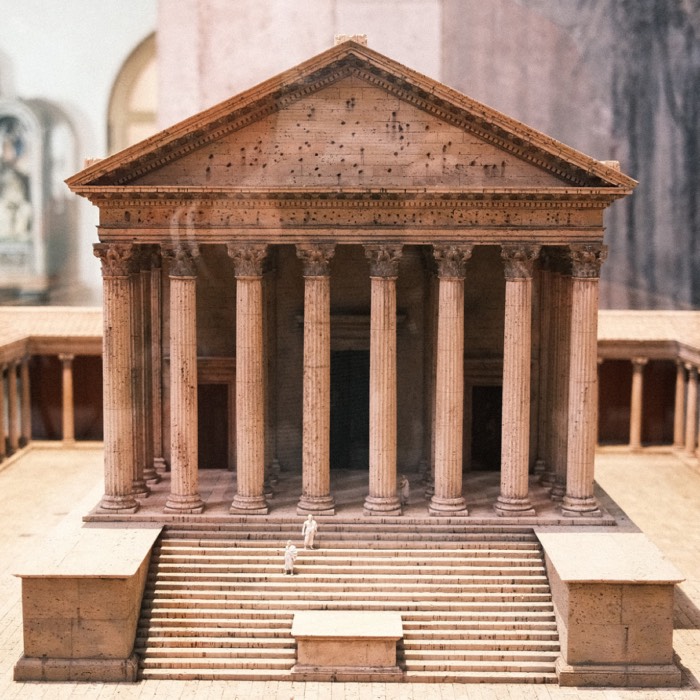
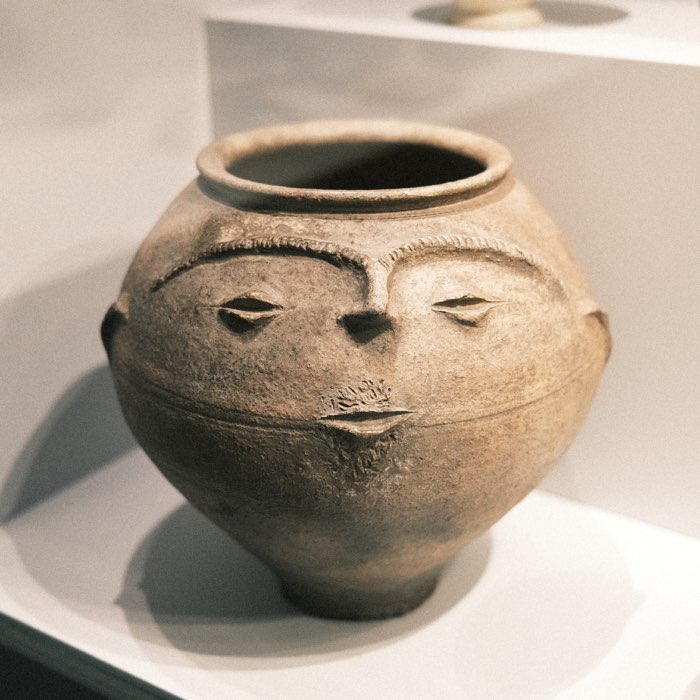
Comments
Comment on this post by publicly replying to this Mastodon post using a Mastodon or other ActivityPub/Fediverse account.
Comments on this website are based on a Mastodon-powered comment system. Learn more about it here.
There are no known comments, yet. Be the first to write a reply.